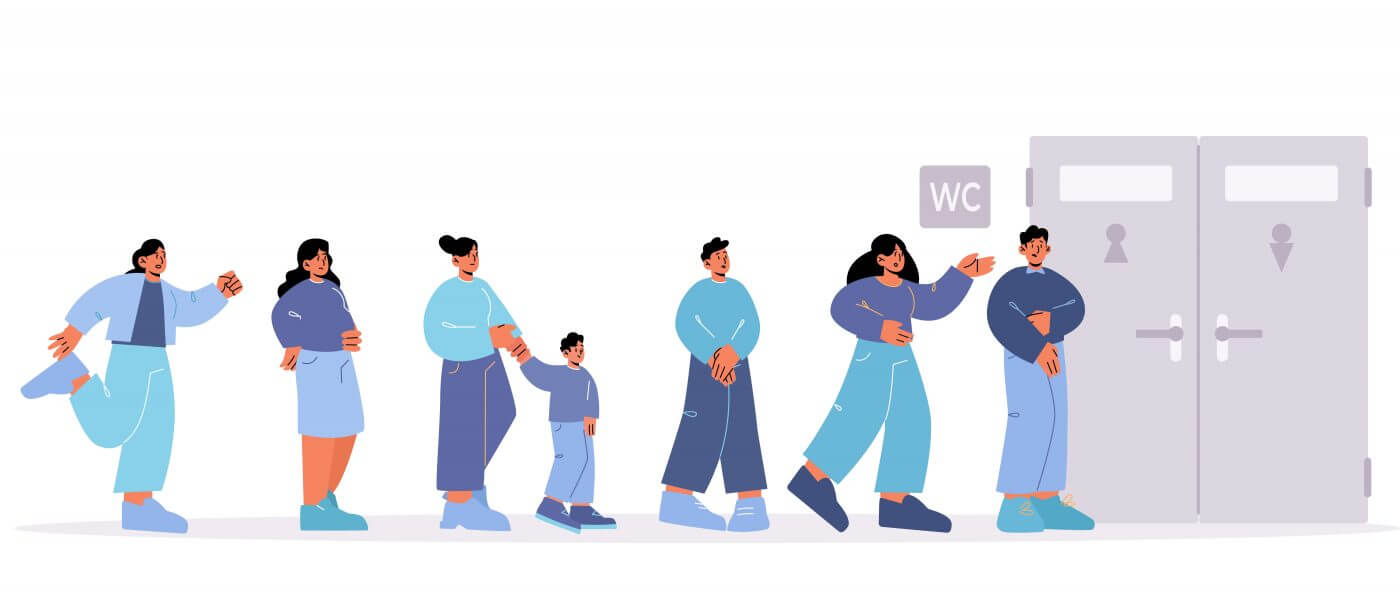
Boys and Girls, Please Remain Seated for the Performance.
When it comes to child development milestones, toilet training can be a challenging one for both parents and professionals. However, studies have shown that with the right approaches, toilet training can be a manageable task. In this article, we will delve into the essential aspects of toileting and explore effective ways to help children develop these skills.
Let’s get started!
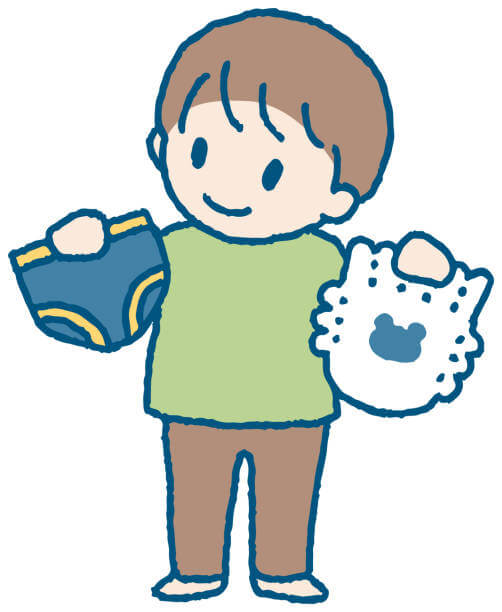
Toilet Readiness
Much like other daily living skills, toileting is a complex activity that relies on a combination of motor skills, cognitive abilities, and sensory processing. To perform toileting smoothly and efficiently, children need to develop these skills through positive practice. Functional toileting involves recognising the sensations related to the need to urinate or have a bowel movement, and then proceeding to the toilet promptly. Before thinking of strategies for teaching toileting, the first question to consider is whether the child is ready for it.
Typically, toileting training begins when children are around 18 to 24 months old and becomes more sophisticated when they are between 4 and 5 years old. This is the age when children start to recognise the sensation of a full bladder. Another helpful indicator for timing toilet training is whether they are aware of their wet or soiled nappies. Some children might establish a routine for urination or bowel movements. It’s also a good idea to start toileting training when they can remain dry for at least 2 hours. Keep in mind that children usually develop daytime bladder and bowel control before nighttime control, so it’s best to focus on daytime training initially before addressing nighttime routines.
Here's a quick checklist to determine Toilet Readiness:
- Is the child staying dry for approximately 2 hours during the day?
- Does the child express discomfort with a soiled nappy or request nappy changes?
- Can the child walk and sit independently?
- Can the child sit in one position for two to five minutes?
- Can the child follow simple, one-step instructions (e.g., close the door, sit on the potty)?
- Does the child urinate a substantial amount at once?
- Is the child having regular, well-formed bowel movements at a consistent time?
- Does the child show an understanding of bodily signals for using the toilet for urination or bowel movements?
- Does the child exhibit any physical or verbal cues when they need to have a bowel movement?
- Are there any underlying medical conditions related to urination or bowel movements (e.g., constipation, urinary tract infection)?
Once the child meets most of these conditions, you can consider starting the journey of toilet training!
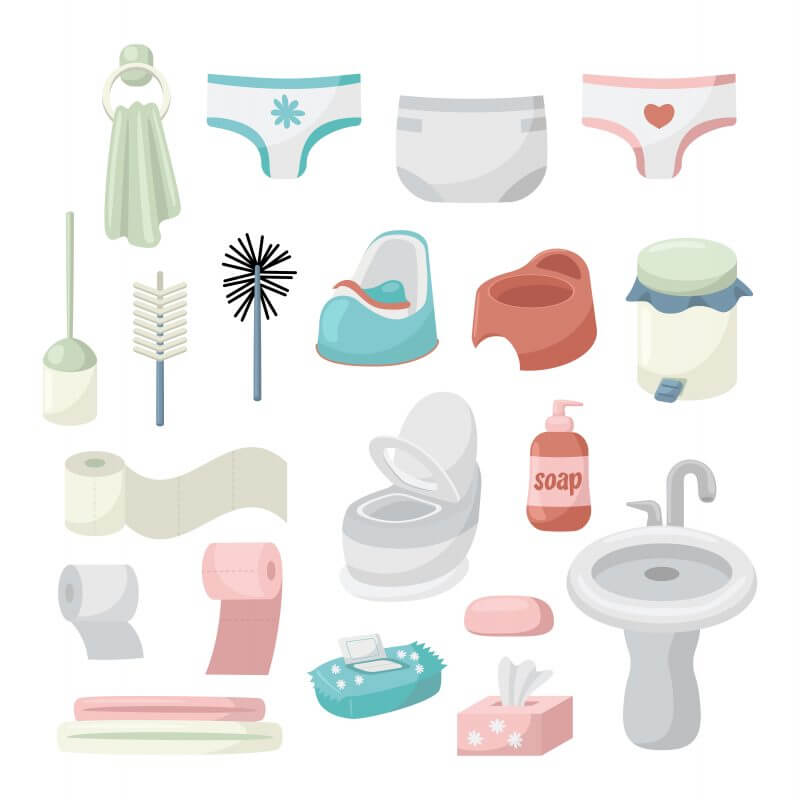
Creating a Toileting-Friendly Environment
It’s crucial to understand that toilet training is a complex task that evolves through practice and individual learning processes, each with its own timeframe. Establishing a calm and responsive environment can help children develop a positive rapport with adults and enhance their learning experiences. It’s essential to avoid punitive or negative language (e.g., “Oh no, what have you done?” or “yucky”) when children are using the toilet or even when accidents occur. The initial stages can be challenging, but with the right approach and positive experiences, progress will come with time. Collaborative efforts between parents, family members, educators, and healthcare professionals, if necessary, can make a significant difference. Consistent support and reinforcement across different settings are also important for children’s learning.
Required Equipment:
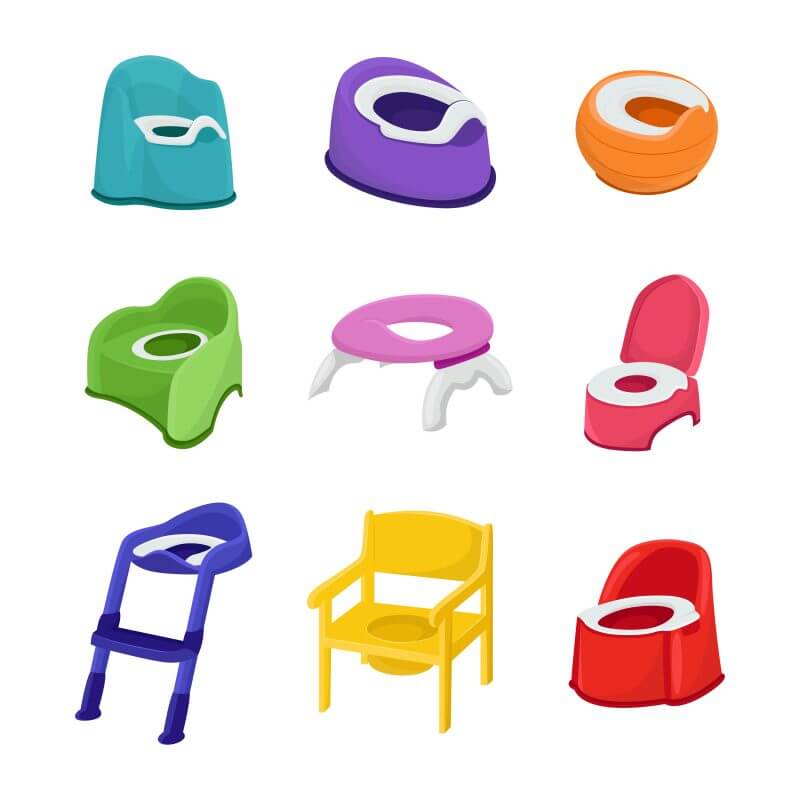
Potty or Toilet
Both potties and toilets are useful tools for toilet training. Children may prefer one over the other, and they can use either or both during their training. Potties can be less scary for some children, while toilets offer convenience in teaching the toileting process. If your child is using a toilet, consider using a footstool and a smaller seat to ensure proper seating stability and posture.
The Dilemma of Training Pants, Pull-Ups, and Underwear
While the ultimate goal is to transition to full independence in toileting, there’s no harm in using a combination of training pants and underwear during the learning process. Practicality should guide your choices. For example, using more training pants or introducing underwear throughout a day at home can be an excellent experience for children. However, if you plan a full day out at an amusement park or a picnic in the woods, it might be more practical to rely on training pants for your child’s comfort..
Each option has its pros and cons, so parents or caregivers should choose the one that best suits the child’s needs.

Training pants typically have more absorbent materials than underwear, making them useful for introducing children to the sensation of needing to use the toilet while still providing protection against clothing getting soiled. Some caregivers find that changing training pants requires the child to stand up, remove all clothes and shoes, and then put them back on, which can be a bit more time-consuming. However, it may help children focus on dressing with less resistance towards parents.
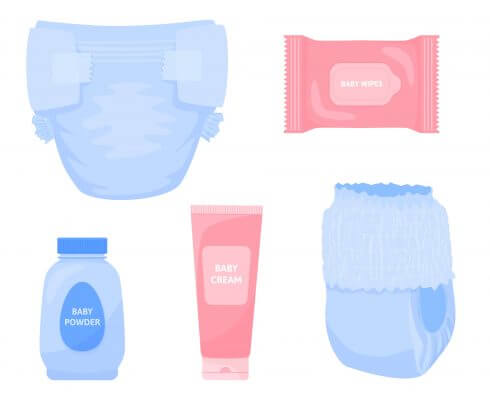
Pull-ups are an excellent transition between nappies and underwear. They are convenient for outings due to their high absorbency. However, because they can absorb a lot of liquid, children may struggle to notice the change in sensation after urinating, which is crucial for toilet training.

As children reach a certain stage, they might show more interest in wearing underwear like older kids. Wearing underwear helps children become accustomed to the feeling of undergarments and distinguishes between dry and wet sensations. However, using underwear may require more effort in cleaning and laundry after accidents.
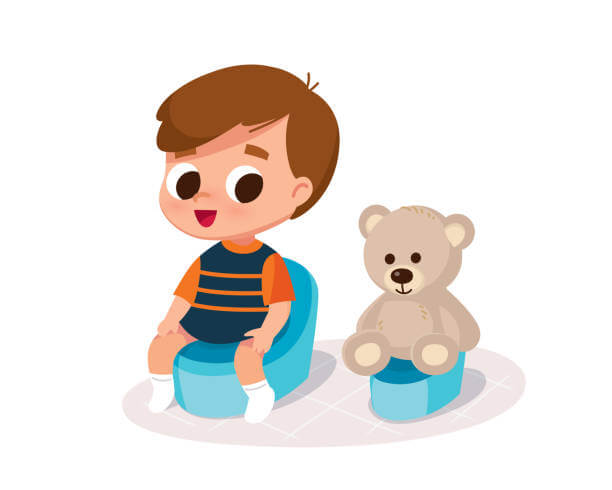
Starting on the Right Foot: Toilet Training Tips
Teaching a child language and the process of using the toilet can be a pivotal starting point for successful toilet training. Begin by introducing words that help your child verbalise their condition or feelings, such as “going to wee,” “poo,” “wet,” or “dirty.” When changing nappies, consider placing the soiled nappies into the potty or disposing of feces in the toilet. This hands-on approach can help children understand the purpose of the toilet and potty. Another effective strategy is to allow your child to observe a trusted family member using the toilet. This firsthand experience can help them grasp the procedure and build confidence.
To maintain good bowel health, ensure that your child has a well-balanced diet with adequate fiber and water intake throughout the day, as this helps prevent constipation.
In general, toilet training revolves around consistency. Establish a regular toileting schedule that works for your child, such as a toilet trip in the morning and before or 30 minutes after meal times. When you notice your child displaying physical signs of needing to use the toilet, encourage them by saying something like, “Hey, I see you’ve been squeezing your legs and passing gas. That’s your body telling you it’s time to use the toilet. Let’s go together now!” Providing clear instructions tends to be more effective than asking a questions, like”Do you need to go to the toilet?”, as children may not yet have the skills to differentiate when they need to go or may perceive it as a boring sitting experience.
Remember, patience and consistency are key to successful toilet training. Every child’s progress is unique, so be prepared for some trial and error as you embark on this important journey together.
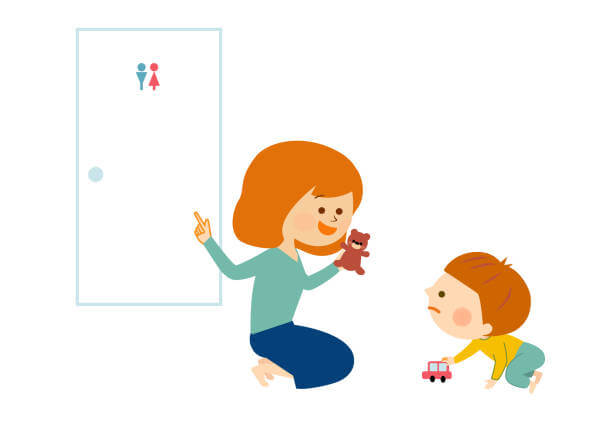
Recognising Children’s Need to Use the Toilet
- Restless movement or fidgeting
- Seeking a private corner or hiding
- Attempting to pull down their pants
- Verbalising their needs, such as saying “wee” or “poo,” or using other language to express themselves
- Squeezing or crossing their legs
Trying to reach their bottom
Research suggests that providing prompts to children can help establish a toilet routine. For children aged around 3 to 4 years, incorporating a short toilet break between activities can be beneficial. Using a visual schedule or chart can serve as a helpful reminder, encouraging them to go to the toilet after each activity. This supports their independence and helps establish a consistent toilet routine..
Here’s a key tip: Limit the time a child spends on the toilet to 3-5 minutes. Extended periods on the toilet may be perceived as punitive or boring by children, and it’s unlikely to aid in their toilet training.
It’s important to note that there’s no one-size-fits-all approach to toilet training. Caregivers and professionals must tailor their strategies to each child’s unique needs. When accidents occur, remember that it’s all part of the learning process. Approach such incidents with a calm, positive attitude, and use them as opportunities for learning and improvement. Offering small treats or rewards when children successfully meet their goals can be a great way to motivate and encourage their progress.
Possible Challenges around Toileting among Children
- Seating Posture Difficulties: Some children may struggle with maintaining a proper seating posture/ balance on the toilet.
- Timely Mobilisation to the Toilet: Moving to the toilet promptly when they feel the need can be challenging for some children.
- Cleaning Procedure Issues: Difficulties with the cleaning procedure, particularly wiping after toileting, may pose challenges
- Interoception Issues: Some children may have sensory processing difficulties, either underreacting or overreacting to the sensations related to the need for urination or bowel movements.
- Tactile Defensiveness: Sensory sensitivities regarding the toilet environment or managing the cleaning task, such as tactile defensiveness, can be hurdles to overcome.
- Task Sequencing: Children might face difficulties grasping the sequence of the toileting task, which includes steps like going to the toilet, locking the door, undressing, and managing the cleaning process.
- Understanding Cleaning Tasks: Understanding and executing the cleaning task correctly can also be a cognitive challenge for some children.
If your child displays any signs of medical conditions such as constipation, encopresis (fecal incontinence), urinary tract infection, or enuresis (bedwetting), it’s advisable to consult your GP or public health nurse for a thorough assessment and appropriate treatment. Professional guidance and intervention can make a significant difference in addressing these challenges and facilitating successful toileting development.
Toilet training can be a challenging journey, but with patience, consistency, and a positive outlook, you and your child can work together to achieve success!
Khairun Nizam, N., Matzin, R., & Abdullah, N. Z. M. (2019). Using Visual Prompt Approach in Parental Intervention to Improve the Toileting Skills of Children with Autism Spectrum Disorder. Online Submission.
Melkonyan, A. (2022). OCCUPATIONAL THERAPY APPROACHES TO OVERCOMING TOILETING DIFFICULTIES IN CHILDREN WITH AUTISM. Armenian Journal of Special Education, 6(2), 11-27.
Meredith P. Gronski; Occupational Therapy Interventions to Support Feeding and Toileting in Children From Birth to Age 5 Years. Am J Occup Ther September/October 2021, Vol. 75(5), 7505390010. doi: https://doi.org/10.5014/ajot.2021.049194
Rajoria, A., Jain, N., & Meena, S. K. (2023). The efficacy of visual schedules in facilitating independent toileting skills development in children with autism spectrum disorders: A systematic review.
Sejkora, E. K. (2019). Psychosocial Characteristics of Children with and without Toileting Dysfunction (Doctoral dissertation, The University of Wisconsin-Milwaukee).
Toilet training: A practical guide. Raising Children Network. (2023, May 3). https://raisingchildren.net.au/preschoolers/health-daily-care/toileting/toilet-training-guide
Wiggins LD, Nadler C, Hepburn S, Rosenberg S, Reynolds A, Zubler J. Toileting Resistance Among Preschool-Age Children with and Without Autism Spectrum Disorder. J Dev Behav Pediatr. 2022 May 1;43(4):216-223. doi: 10.1097/DBP.0000000000001036. Epub 2022 Feb 15. PMID: 35170572; PMCID: PMC9050947.
